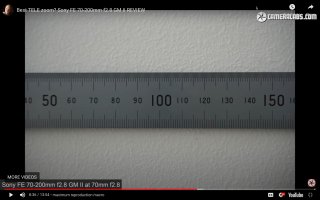L
Loswr
Guest
Another possibility to consider – the EF MkIII was a stellar lens, and the RF version needed to be differentiated. The MkII was stellar, and I saw no need to get the MkIII. How do you make an already excellent lens different if there's little room to make it better? Make it lighter and much smaller.Back to my main issue and inability to understand the throw distance is that people will say that the size reduction for packing a bag is worth it. But that's the part I don't really get.
For the other f/2.8 zoom trinity members, the 24-70 got IS, the 16-35 got wider and IS. The 70-200 got to be close in length to the other two.
Upvote
0

